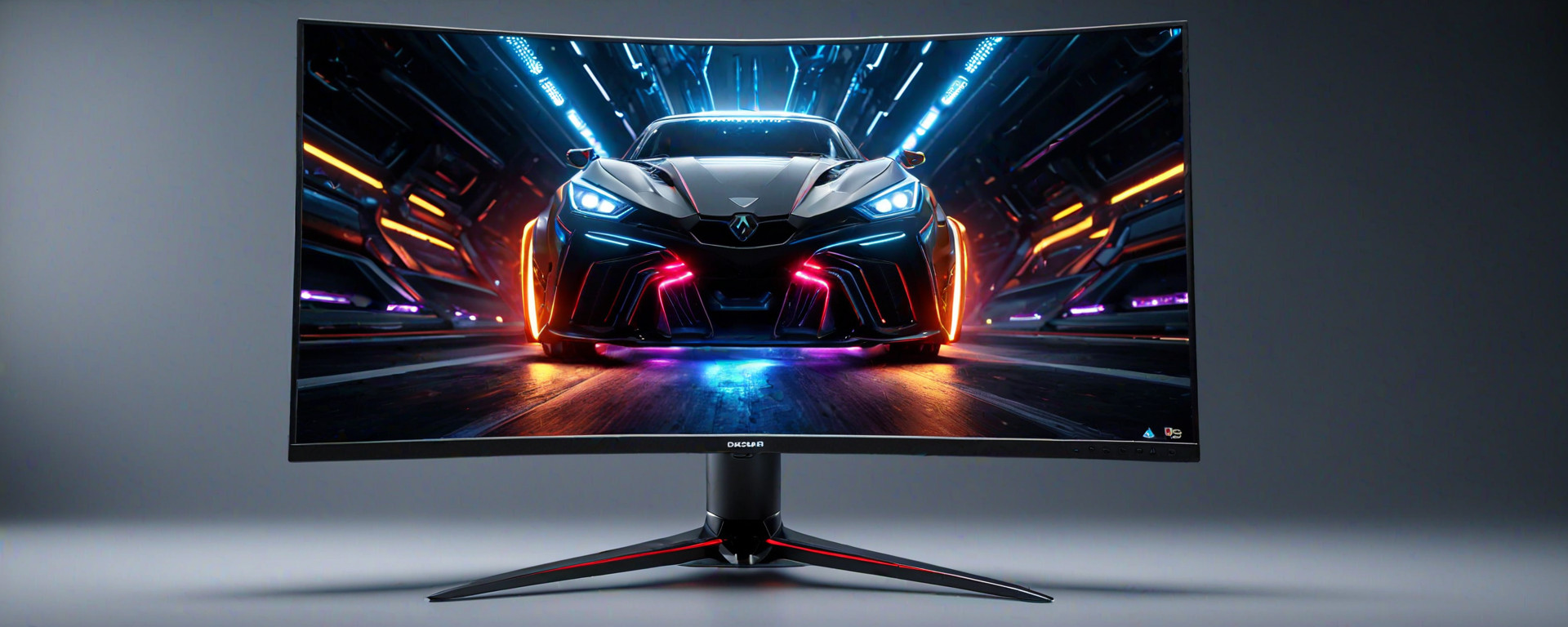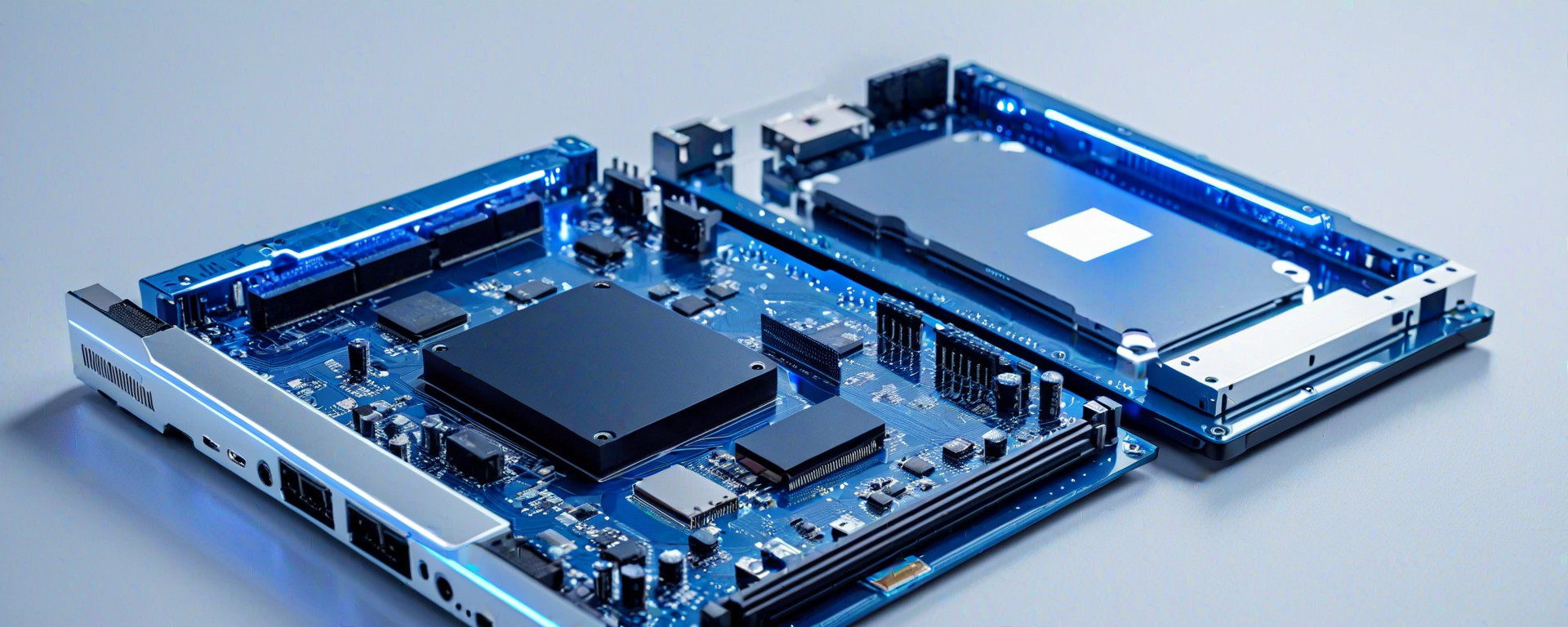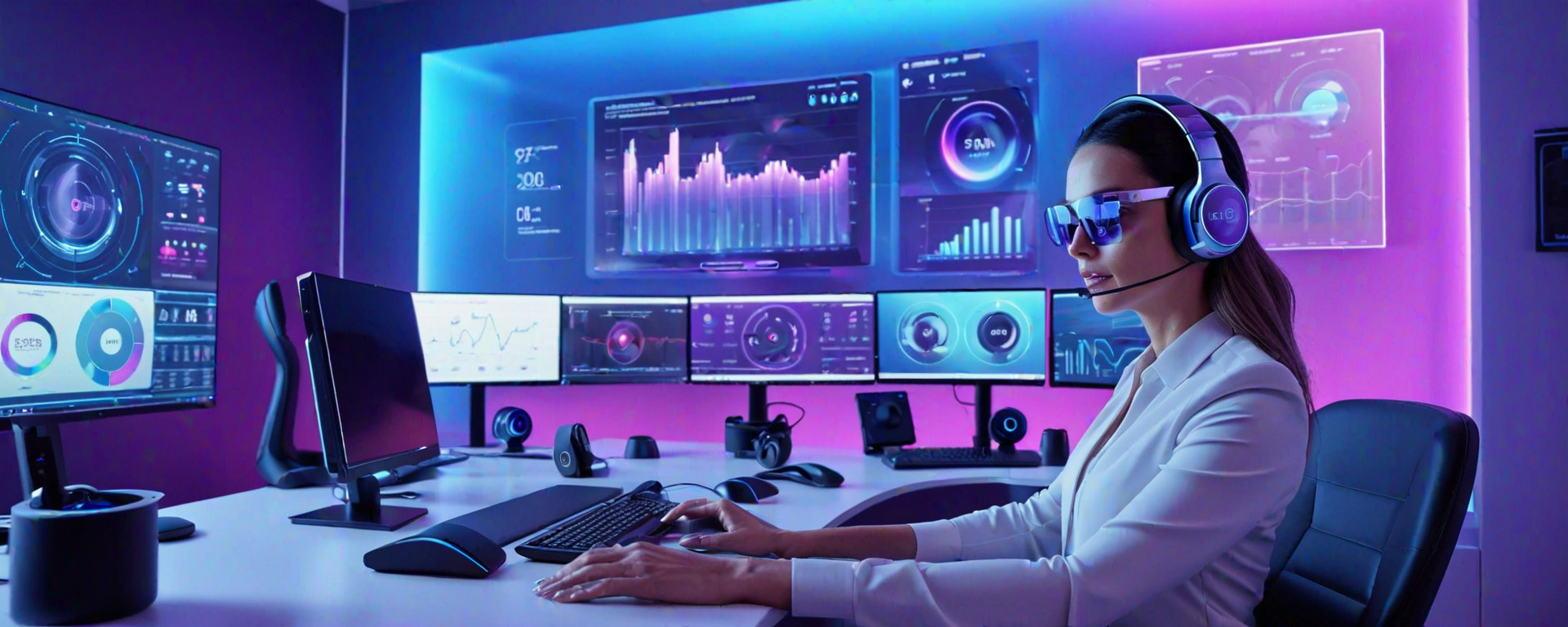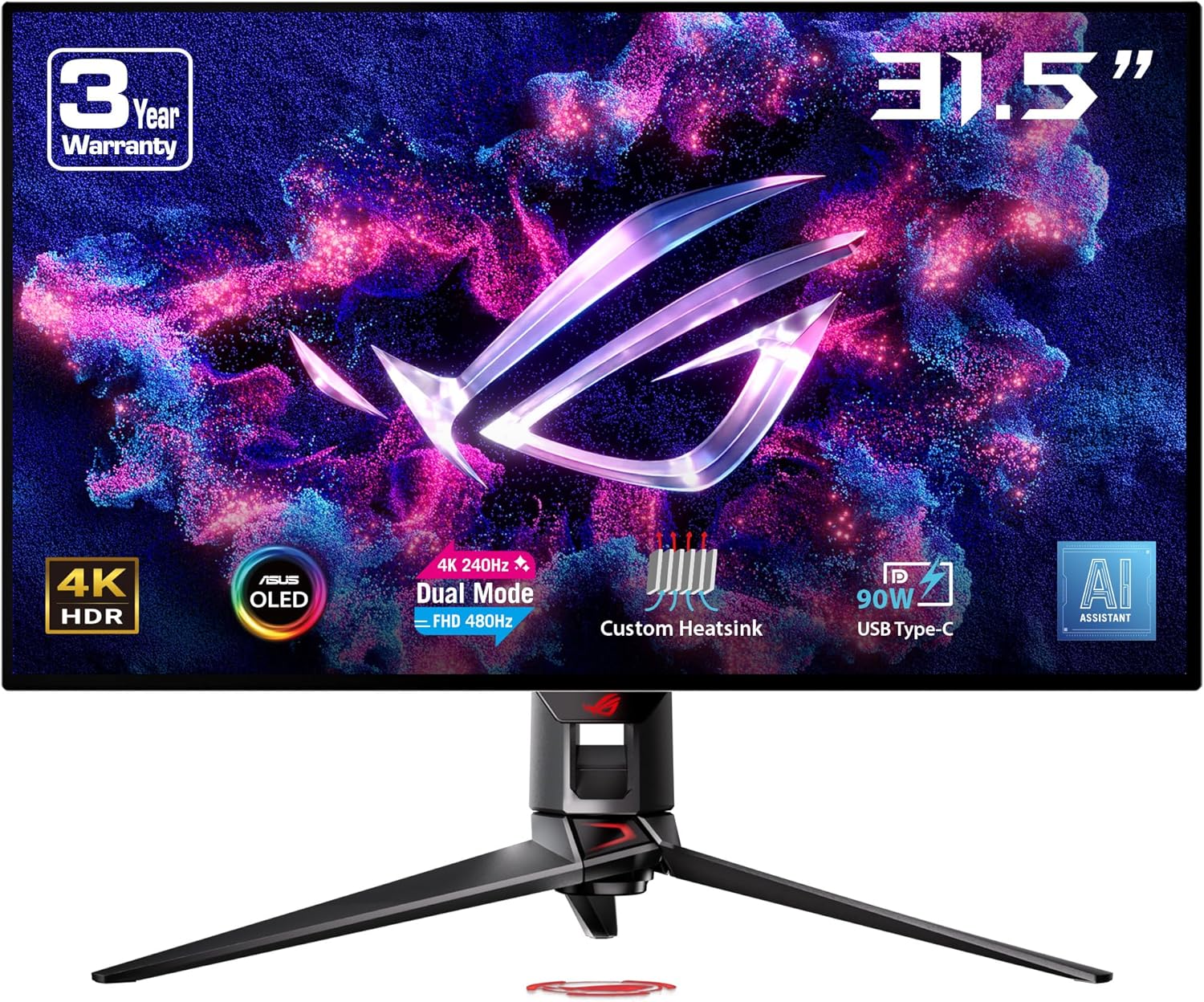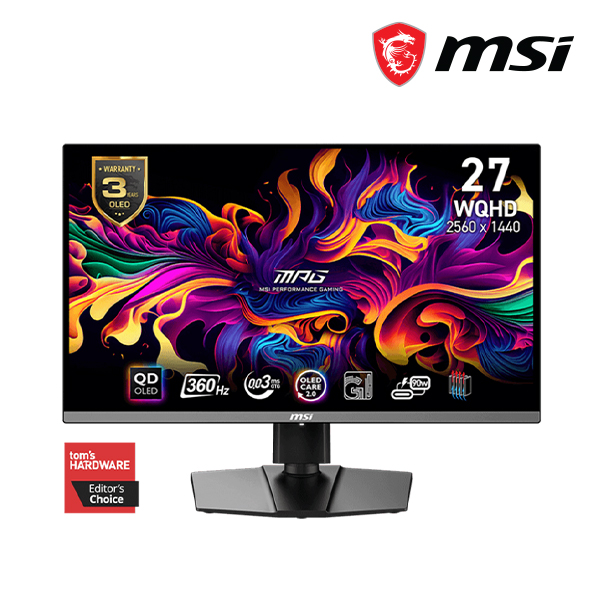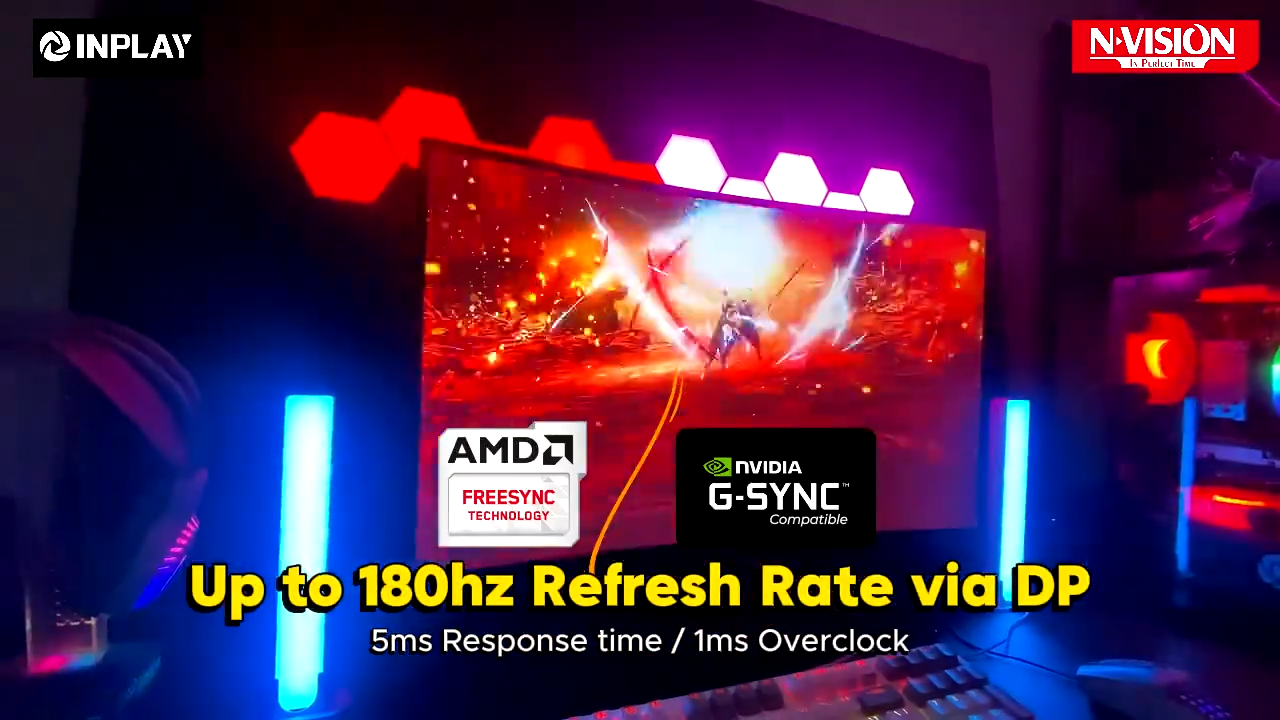Introduction
The world of gaming monitors can be daunting for enthusiasts looking to enhance their experience. Key factors such as refresh rates, response times, and adaptive sync technologies significantly impact the fluidity and responsiveness of gameplay. This guide aims to demystify these technical aspects, providing insights into how they affect your gaming performance.
Understanding "Beyond 60Hz" means exploring higher refresh rate monitors that offer smoother visuals and a more immersive experience compared to standard 60Hz displays. We will delve into the nuances of choosing the right monitor based on these specifications and provide detailed comparisons, real-world scenarios, and troubleshooting tips to help you make an informed decision.
Understanding Refresh Rates
The refresh rate of a monitor indicates how many times per second it can update its display. This is measured in Hertz (Hz) and directly influences the smoothness of motion on screen. A higher refresh rate means more frames are being displayed each second, leading to less blur and stutter.
Why Higher Refresh Rates Matter
Gaming at high frame rates offers several advantages:
- Reduced Motion Blur: High refresh rates minimize the visual lag between frames, resulting in clearer, sharper images even during fast-paced action sequences.
- Faster Reaction Times: With smoother transitions, players can react more quickly to changes on screen, giving them a competitive edge.
- Better Visual Experience: Higher refresh rates allow for more natural movement and detail retention, enhancing the overall immersion of the game.
Real-World Scenarios
In fast-paced games such as first-person shooters (FPS), a monitor with a higher refresh rate can make the difference between victory and defeat. For instance, in a 144Hz monitor compared to a 60Hz one, players will notice:
- More fluid movement of objects and characters.
- Better tracking of fast-moving targets.
- An overall smoother and more responsive gaming experience.
Response Time: The Key to Smooth Gameplay
The response time of a monitor refers to the speed at which each pixel can change its state from black to white or from one color to another. A lower response time means less blur during fast transitions, leading to sharper images.
Influence on Gaming Performance
- Reduced Ghosting: Lower response times minimize ghosting effects where trailing images can be seen after rapid movements.
- Faster Input Lag: A quick response time reduces the delay between a player's input and the display of that action on screen, enhancing overall control.
Selecting the Right Monitor for Response Time
For gamers focused on competitive play or fast-action games, opting for monitors with sub-1ms (millisecond) response times is crucial. These provide the clearest and most responsive visuals necessary for high-level performance.
Adaptive Sync Technologies: V-Sync, G-Sync, and FreeSync
Adaptive sync technologies like NVIDIA's G-Sync and AMD’s FreeSync aim to eliminate screen tearing by synchronizing the refresh rate of the monitor with the frame rate output by the GPU. This ensures a smoother gaming experience without compromising on performance.
G-Sync vs. FreeSync
While both technologies achieve similar goals, their implementation differs:
- G-Sync: Requires proprietary hardware from NVIDIA to function properly and is generally more expensive.
- FreeSync: Utilizes the open-source Adaptive Sync standard, making it more accessible across a wider range of monitors without additional costs beyond those for FreeSync certification.
Detailed Comparisons with Alternatives
Let's compare two popular monitors:
- ASUS ROG Swift PG279QX 1440p 165Hz IPS Monitor with G-Sync:
- Pros: High refresh rate, excellent color accuracy, and built-in G-Sync for smooth gameplay.
- Cons: Higher price point due to proprietary technology.
- Acer Nitro XV272U 1440p 165Hz IPS Monitor with FreeSync Premium Pro:
- Pros: Competitive pricing, good color accuracy, and free synchronization technology.
- Cons: Limited functionality compared to G-Sync, especially in terms of refresh rate variability.
Troubleshooting Common Issues
Issue: Screen Tearing:
- Solution: Enable adaptive sync technology or use V-Sync to synchronize frame rates with the monitor's refresh rate.
Issue: Input Lag:
- Solution: Opt for monitors designed specifically for gaming, focusing on those with lower response times and minimal input lag.
Frequently Asked Questions (FAQs)
Q1. What is the difference between refresh rate and frame rate?
A: The refresh rate of a monitor refers to how many images it can display per second, while frame rate measures the number of frames your GPU renders each second.
Q2. Is 144Hz better than 60Hz?
A: For most gaming scenarios, especially fast-paced action games, a higher refresh rate like 144Hz provides a smoother and more responsive experience compared to the standard 60Hz.
Q3. What is input lag in monitors?
A: Input lag measures the delay between when you press a button or move your mouse and the moment that action appears on screen, affecting overall responsiveness.
Conclusion
Selecting the right gaming monitor involves considering multiple factors such as refresh rate, response time, and adaptive sync technology. By understanding these elements and how they impact performance, you can make an informed decision to enhance your gaming experience significantly.
